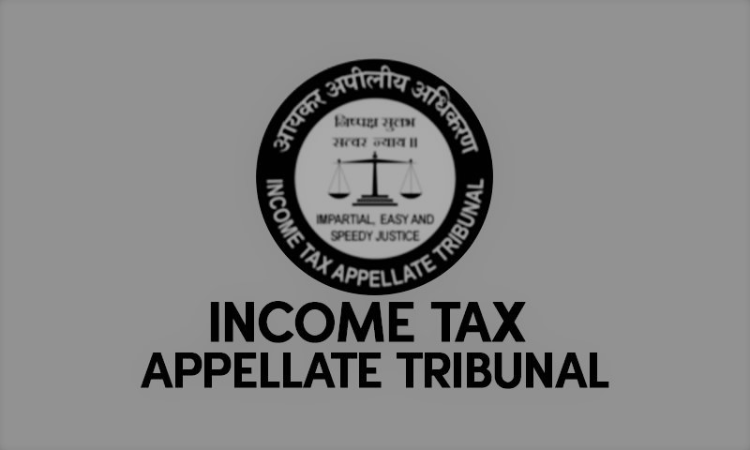While setting aside the order passed by CIT(A) and emphasizing on the safe harbour limit, the Mumbai ITAT held that the assessee is entitled to the benefit of Section 50C of Income Tax Act, 1961.The Bench comprising CV Bhadang (President) and BR Baskaran (Accountant Member) observed that, “the CBDT had acknowledged that there can be genuine cases, where there would be a variance between...

